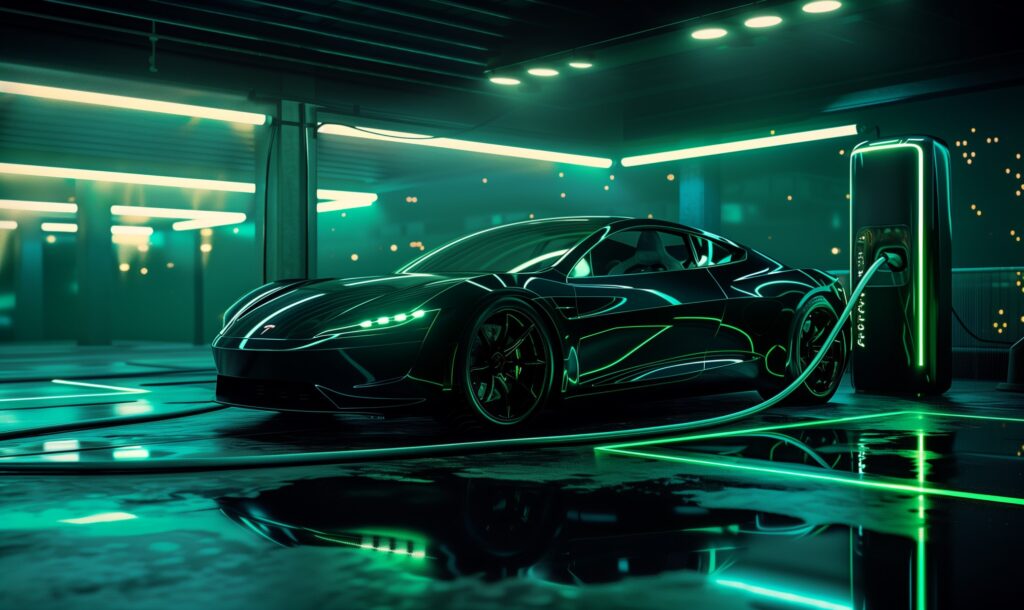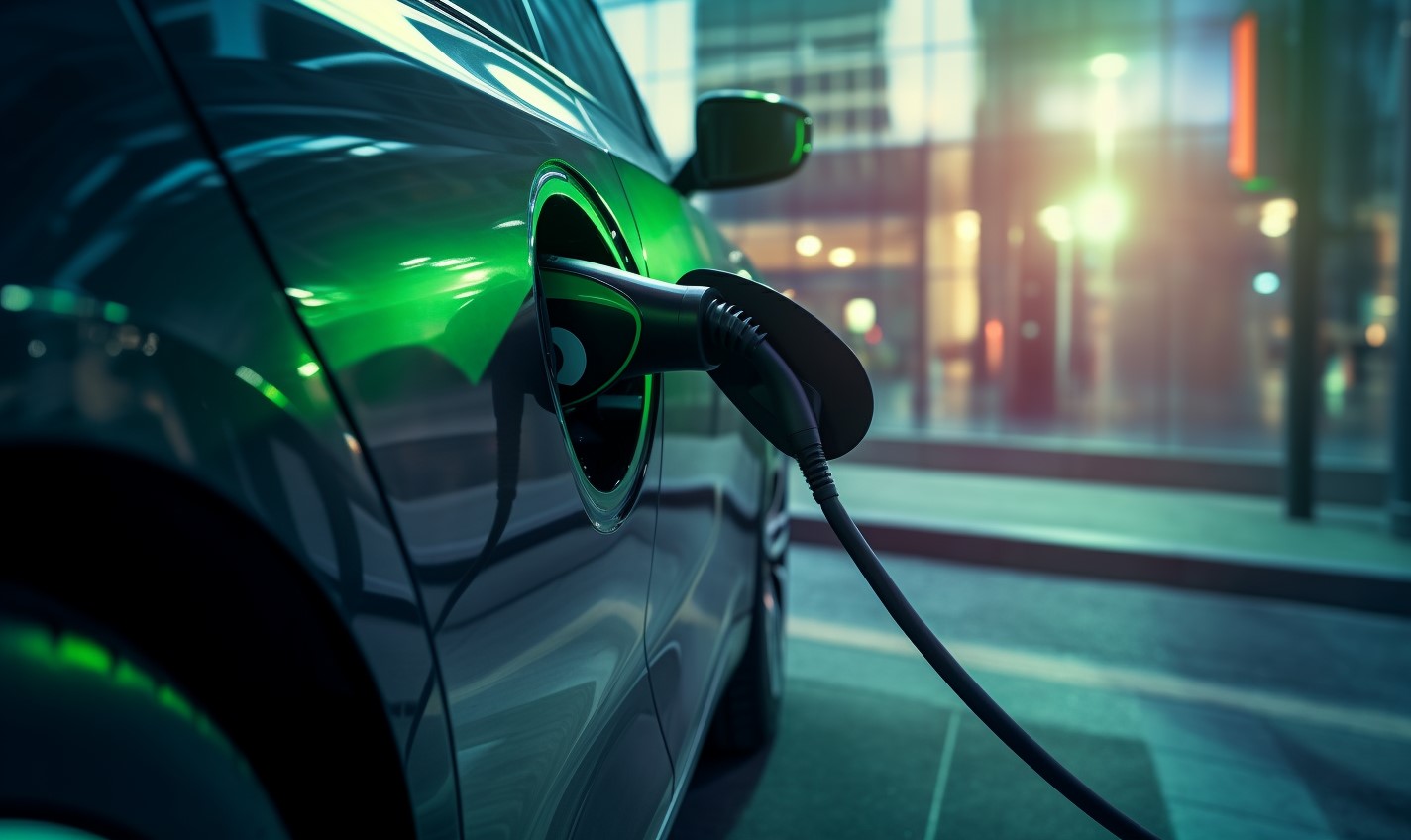The environmental impact of electric cars is worse than you might think. They’ve proven to be a practical green alternative, but are they as beneficial people claim?
Why Does It Matter if Electric Cars Are Green or Not?
Finding new ways to reduce environmental destruction is essential. The enduring specter of climate change has kicked environmentalists into high gear as they advocate for better, healthier lifestyles. Green practices are sweeping industries from agriculture to cosmetics, and the automobile sector is a major target.
The environmental impact of electric cars can’t be understated. Knowing all the facts helps consumers like you make wise buying decisions. Giving feedback to car manufacturers can encourage them to design improved models of clean vehicles. You can always go one step further with sustainability.
The Hidden Environmental Disadvantages of Electric Cars
The lithium-ion batteries inside electric cars involve intensive harvesting that can have a severe environmental impact. Underground brine reservoirs are significant sources of lithium, though using them includes lots of land drilling and water wastage.
The water that lithium collectors use isn’t always readily available, especially in areas of Australia and South America. Transporting water in drives up fuel emissions, while siphoning it from the surrounding landscape depletes resources for native residents.
The brine-lithium solution can also leak into groundwater sources, making the water toxic to humans and animals. As a whole, rechargeable batteries are known for their toxic chemicals, though lithium is admittedly one of the safer options.
Charging an electric car often requires non-renewable energy sources, meaning these vehicles still indirectly contribute to carbon emissions. However, this factor is often unavoidable due to a lack of available renewables.
Electric cars take a long time to recharge after the battery drains. Chevrolet’s Bolt EV requires hours to charge — and other models stretch even longer. This long wait time means more electricity usage, drawing power from a taxed energy grid.
These durations can also be inconvenient for people who need to drive to work every day. Most electric cars have low ranges, meaning you won’t be able to travel far before a charge is necessary. Those who only make short trips won’t need to worry as much.
Are Electric Cars Worse Than Gasoline-Powered Cars?
Like with anything, electric cars have their benefits alongside their cons. They’re far from being all bad — otherwise, they wouldn’t see such popularity as alternatives to combustion vehicles.
Electric vehicles produce fewer emissions over their entire lifetimes than gas-powered cars. They don’t output tailpipe emissions, which tamps down air pollution. Their principal source of emissions comes from manufacturing and charging. Although charging ports still use electricity, they contribute much less pollution than gasoline- or diesel-fueled automobiles.
Some electric vehicles — like BMW i3 — consist of recyclable materials. The i3 is 95% recyclable, with a eucalyptus-based interior trim and components containing kenaf fibers. Although lithium-ion batteries raise questions about environmental impact, they’re generally recyclable.
The main obstacle is getting people to recycle them — most power cells end up in landfills. City officials should do more to inform people of proper recycling practices, while vehicle manufacturers need to make their batteries more reuse-friendly.
Installing a charging port at home may raise your electricity bills, but using renewable energy can lower them again. You won’t find too many charging stations using solar energy or biofuels, but charging at home gives you control over energy usage and carbon emissions. You can install solar PV on your roof to offset the electricity and reduce your reliance on the power grid.
Analyzing the Environmental Impact of Electric Cars
The Earth needs help protecting its natural resources. Creating sustainable products and manufacturing processes is a major part of the fight to preserve the planet. Educating yourself on the environmental impact of electric cars helps you wisely engage with green automobiles — and other commercial products.
Recent Stories
Follow Us On
Get the latest tech stories and news in seconds!
Sign up for our newsletter below to receive updates about technology trends














